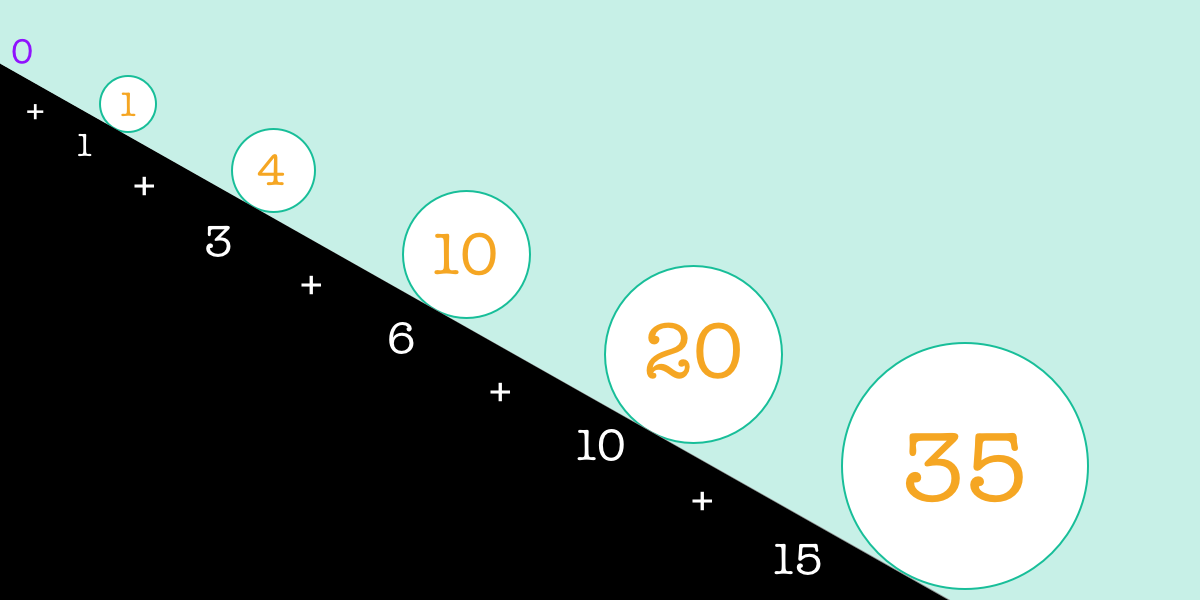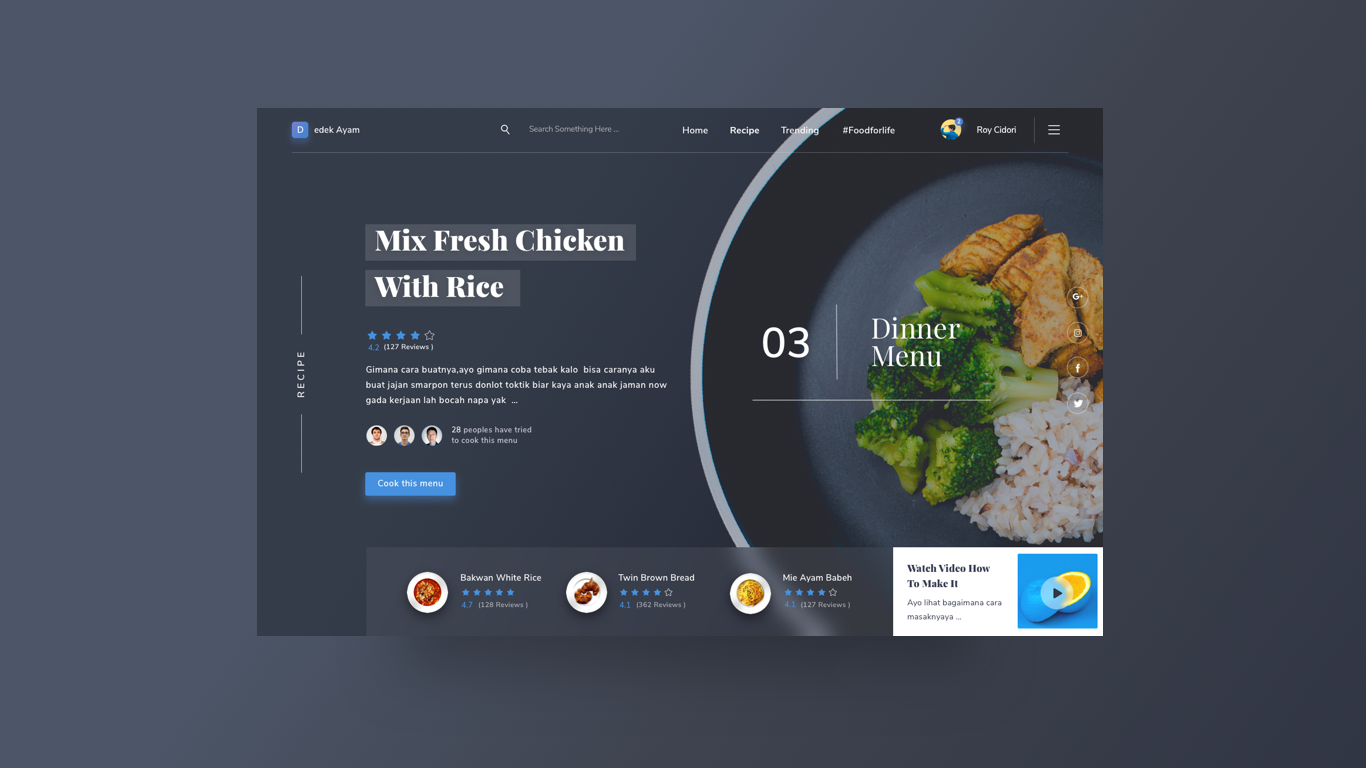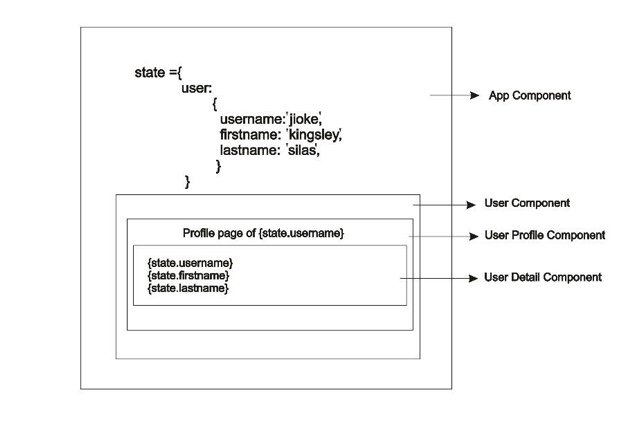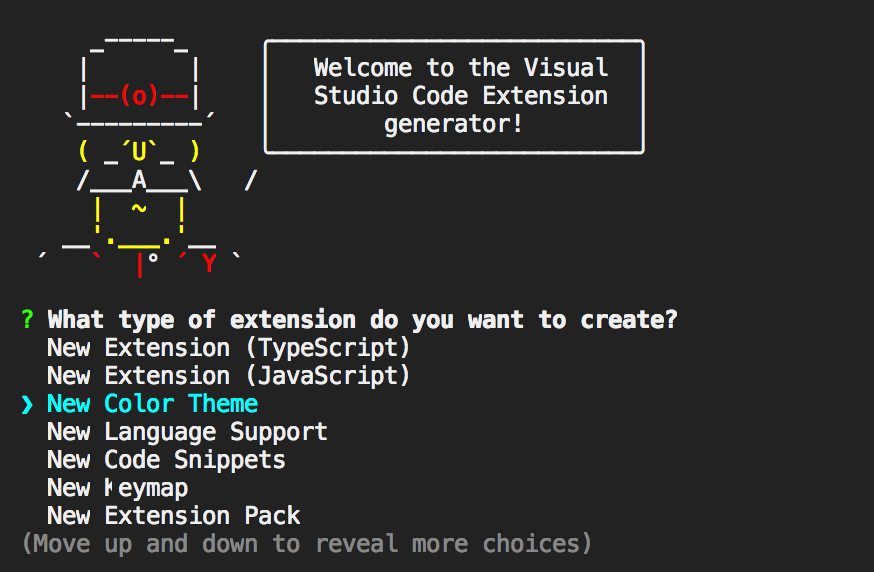Truly understand your site visitors’ behavior
(This is a sponsored post.)Hotjar is a quick and easy way to truly understand your visitors and identify opportunities for improvement and growth.
Try the all-in-one analytics and feedback tool for free.
Direct Link to Article — PermalinkThe post Truly understand your site visitors’ behavior appeared first on CSS-Tricks.
Source: CSS-tricks.com








